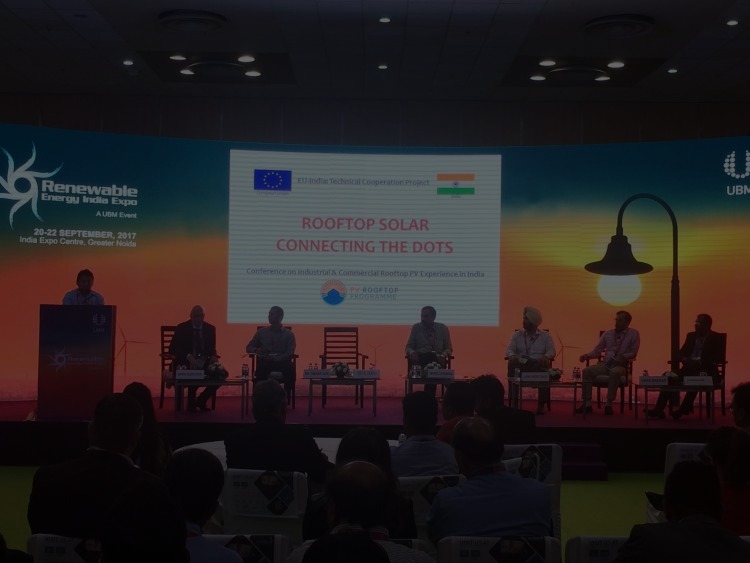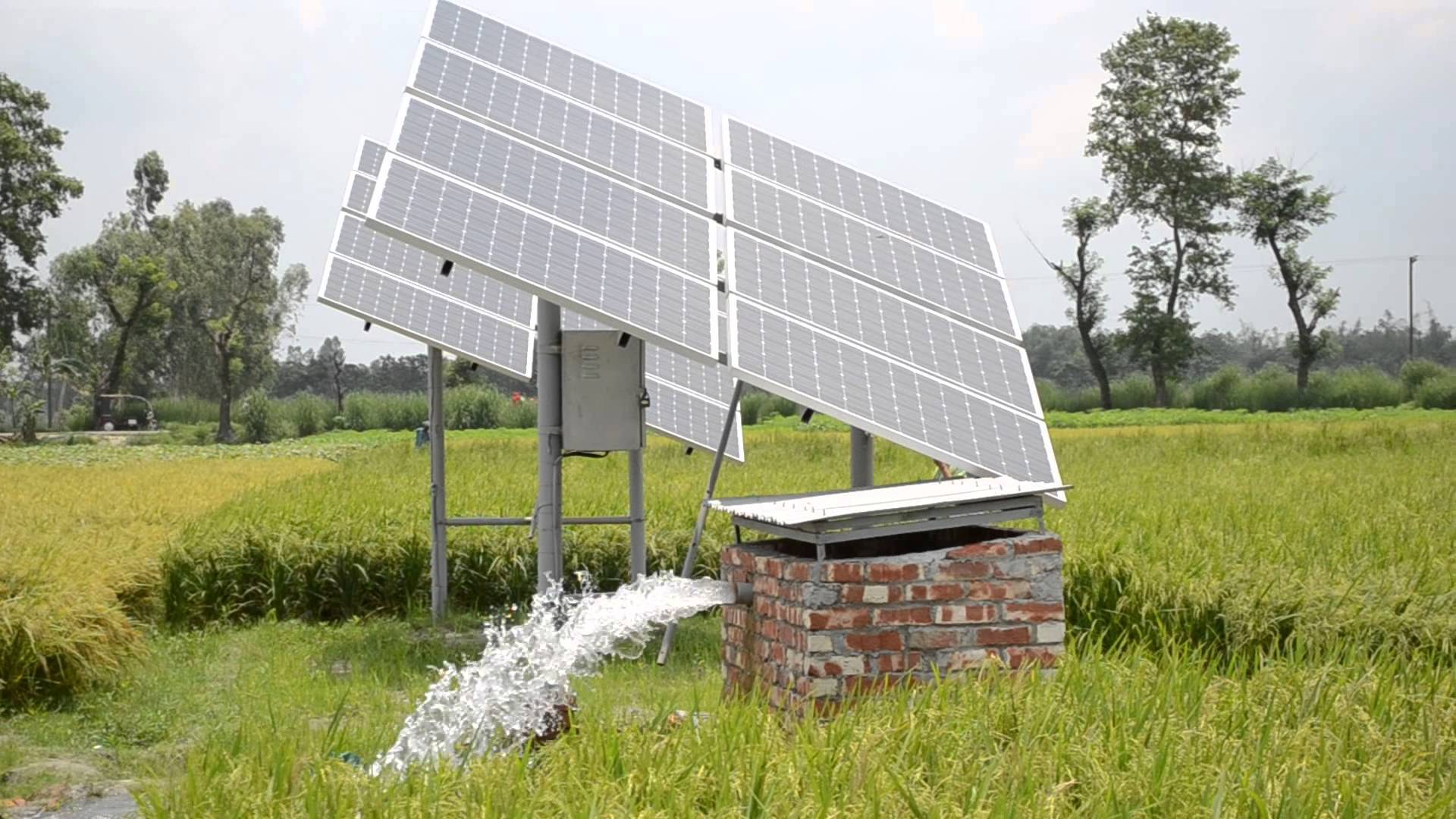The Indian energy storage industry hopes a 28-megawatt-hour battery plant in Andaman and Nicobar will kick-start a utility-scale market that has been slow to emerge.
“This will help open up opportunities for such hybrid projects in India,” said Dr. Rahul Walawalkar, executive director of the India Energy Storage Alliance (IESA), after Mahindra Susten this month won the project tendered by state-owned coal mining company NLC India.
“With the development of a local ecosystem and skills training, we are confident that solar and storage will continue to have accelerated adoption in India in coming years,” Walawalkar said. “This should also help companies who are considering setting up manufacturing in India.”
IESA has a vision of making India a global advanced energy storage systems manufacturing hub by 2020, he said. Given India’s track record on utility-scale energy storage, the aim is ambitious, to say the least.
Prior to the Andaman and Nicobar project, the Solar Energy Corporation of India (SECI) and NTPC, India’s largest power utility, had already launched three other utility-scale energy storage tenders in the country.
“Our view is that storage will need three-four years of techno-commercial advancements before finding scale in India,” wrote the organization.
With solar prices as low as 65 cents per watt in India, it is cheaper for tendering authorities such as the SECI to build out extra PV and curtail it to balance supply and demand.
The analyst firm said quotes for the engineering, procurement and construction of the NLC India plant ranged from INR3.42 billion (USD $53 million), from solar player Hero, to INR1.79 billion ($28 million) from Mahindra Susten.
The total value of the contract, according to a statement posted by Mahindra Susten, was INR2.89 billion ($44 million), said to be 38 percent below government estimates.
The high cost of electricity in Andaman and Nicobar, a group of islands in the Bay of Bengal with a population of 400,000, helped make the tender successful. Andaman and Nicobar’s aggregate peak demand of 67 megawatts is mostly served by gensets firing on diesel at a price of INR15 ($0.23) per kilowatt-hour.
It should be noted that SECI and NTPC targeted Andaman and Nicobar with one of their failed tender attempts; the others were in Andhra Pradesh and Karnataka.
Nevertheless, there are indications that demand for solar-plus-storage projects increased by the time the NLC India tender came around. According to the Mahindra Susten statement, 10 companies pitched in.
The NLC India project, which is due for commissioning in April 2019, was widely reported as being the first utility-scale energy storage plant in the country. But it is at least the second. As previously reported in GTM, AES is working on a 10-megawatt system.
The project is “in late-stage development,” said a source at AES, with construction yet to start.
Source: https://www.greentechmedia.com/articles/read/india-takes-the-first-steps-to-a-utility-scale-storage-market#gs.FbPl28M


